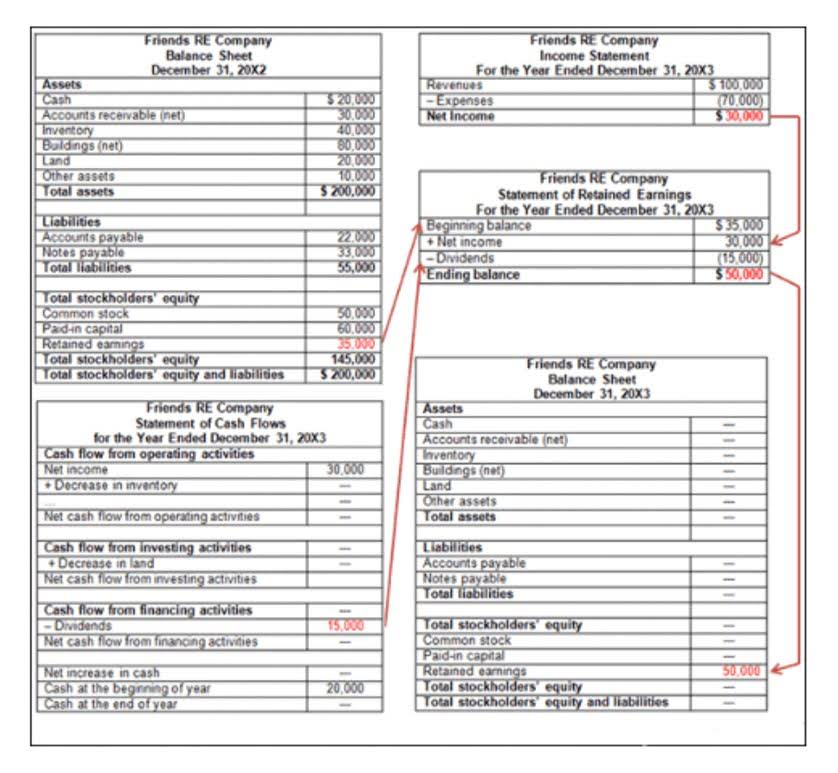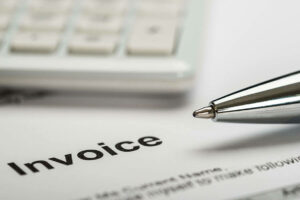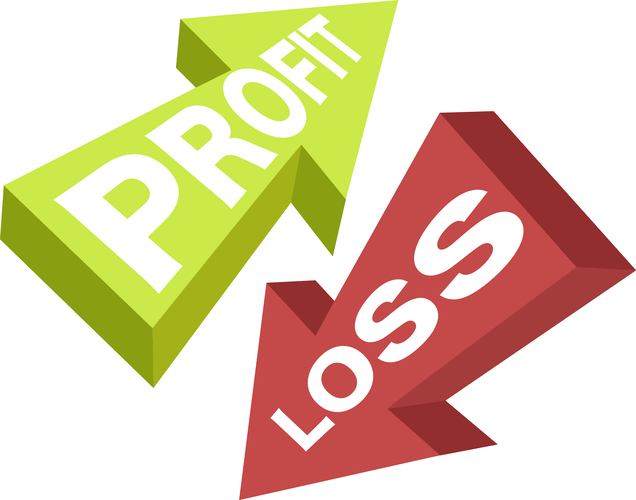Cost of Goods Sold: Definition, Formula, Example, and Analysis
As we can see, the cost of goods sold is $200,000, leading to a gross profit of 100,000. However, this gross profit might be the effect of the entity using different inventories valuation methods. Yes, the balance sheet will always balance since the entry for shareholders’ equity will always be the remainder or difference cost of goods sold between a company’s total assets and its total liabilities. If a company’s assets are worth more than its liabilities, the result is positive net equity. If liabilities are larger than total net assets, then shareholders’ equity will be negative. These are the financial obligations a company owes to outside parties.
To Ensure One Vote Per Person, Please Include the Following Info
- Operating expenses help establish a budget for each department and evaluate the overhead costs spent by the company.
- Knowing your initial costs and maintaining accurate product costs can ultimately save you money.
- If they don’t balance, there may be some problems, including incorrect or misplaced data, inventory or exchange rate errors, or miscalculations.
- Its primary service doesn’t require the sale of goods, but the business might still sell merchandise, such as snacks, toiletries, or souvenirs.
- The economy of raw material purchasing is also contributed to the poor performance of gross profit margins.
- A company that has priced its products below its COS will have negative margins and record net losses in its income statement.
- In addition, there is another – more detailed – formula for calculating.
Ending inventory was made up of 10 units at $21 each, 65 units at $27 each, and 210 units at $33 each, for a total specific identification ending inventory value of $8,895. Subtracting this ending inventory from the $16,155 total of goods available for sale leaves $7,260 in cost of goods sold this period. In order for the balance sheet to balance, total assets on one side have to equal total liabilities plus shareholders’ equity on the other side. Long-term liabilities are debts and other non-debt financial obligations, which are due after a period of at least one year from the date of the balance sheet. For instance, a company may issue bonds that mature in several years’ time.
Calculations of Costs of Goods Sold, Ending Inventory, and Gross Margin, Last-in, First-out (LIFO)
This will help you understand the direct costs of providing your services and assess the profitability of your business operations. As revenue increases, more resources are required to produce the goods or service. COGS is often the second line item appearing on the income statement, coming right after sales revenue. Cost of Goods Sold (COGS) is the direct cost of a product to a distributor, manufacturer, or retailer.
- This method helps avoid the sometimes complicated tasks of specific identification, especially for smaller-sized goods.
- The COGS is identified with the last purchased inventories and moves upwards to the beginning inventories until the required number of items sold is fulfilled.
- Instead, the average price of stocked items, regardless of purchase date, is used to value sold items.
- Importantly, COGS is based only on the costs that are directly utilized in producing that revenue, such as the company’s inventory or labor costs that can be attributed to specific sales.
- In this case, we will consider that Harbour Manufacturers uses the perpetual inventory system and FIFO method to calculate the cost of ending inventory and COGS.
- Beginning merchandise inventory had a balance before adjustment of $3,150.
Inventory and Cost of Goods Sold Outline
It is used instead of sales because inventory is always valued at cost. The higher the price, the shorter time it will take to sell the stock and restock. An inventory turnover of 5 means that the company sells and supplies merchandise five times throughout its fiscal year. This ratio displays the number of times a merchandising company has wholly sold its inventory and restored it for sale in one accounting period. A price higher than that point will start paying off the different overhead costs and operating expenses until it eventually starts making a profit.
Inventory decreases because, as the product sells, it will take away from your inventory account. For example, a plumber offers plumbing services but may also have inventory on hand to sell, such as spare parts or pipes. To calculate COGS, the plumber has to combine both the cost of labor and the cost of each part involved in the service.
COGS include market-driven costs like lumber, metal, plastic, and other supplies that have a cost set by someone else and are, therefore, less under your control. Basically, the cost of goods sold is an accounting item of profit and loss account used in the determination of profit for the period. But not all firms can showcase such a deduction on their income statement.







Commentaires récents